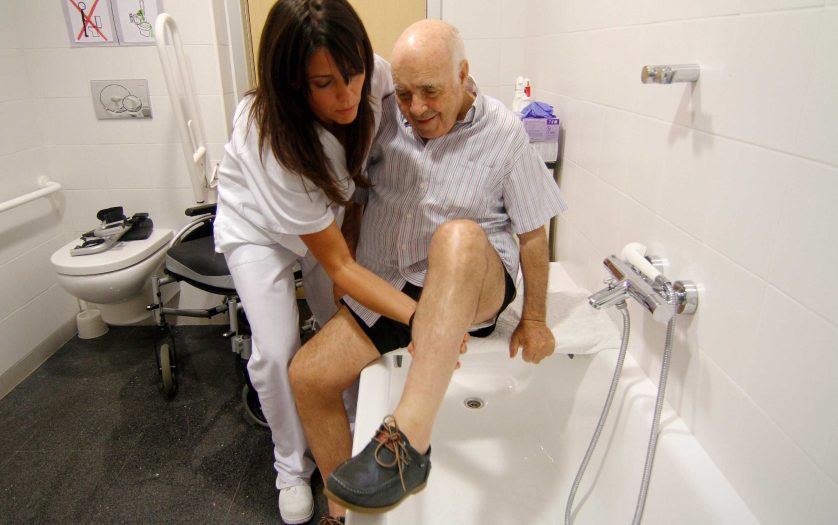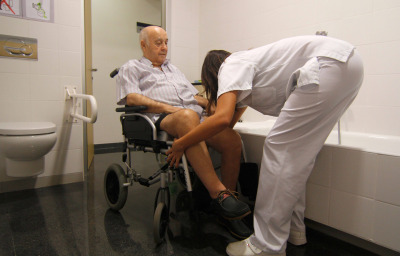
Researchers at The University of Western Australia examined the implications of architectural design on health facilities, using four different designs for a stroke rehabilitation ward, and found the innovative designs provided significant economic benefits.
The study, led by Dr Rhonda Kerr from UWA’s School of Human Sciences, was published in Health Environments Research & Design Journal.
“Across Australia ward operating costs average $12.77 million per annum to deliver stroke rehabilitation,” Dr Kerr said.
“Applying innovative architectural design can reduced hospital costs, better patient outcomes, deliver $12 million in economic benefits and $3.93 million in savings to the National Disability Insurance Scheme.”
The study compared the costs and benefits of four types of wards designed to deliver rehabilitation services for stroke survivors. Rather than a standard bed-based, hospital-style ward, three of the designs provided an activated therapeutic environment to meet the needs of stroke survivors.
The designs placed an emphasis on research based clinical effectiveness and operational efficiency by ensuring all necessary resources for clinicians were in one place.
“In this design environment, stroke survivors did not have to be patient while waiting for therapy but could practice their own activities on the ward,” Dr Kerr said.
The designs focused on improving access to therapy, creating social interactions, giving patients the ability to make decision about their healthcare, enhancing conditions for clinicians by increasing areas and technologies, strengthening clinical support and access to outdoor spaces.
The study found innovative designs resulted in better outcomes for patients with higher numbers returning to work, lower National Disability Insurance Scheme payments, lower treatment costs and clinicians had better work conditions and higher retention rates.
“Despite concerns about the capital cost of new hospital facilities, the differences between the capital costs of the standard and innovative designs are comparatively modest at between $85 and $265 per patient,” Dr Kerr said.
The study concluded innovative architectural designs could reduce ward operational costs, create more effective use of time for clinicians and improve health outcomes for stroke patients.
“Investment in innovative design provides on-going benefits to the economy, patients and the health system that significantly outweighs the capital cost,” Dr Kerr said.
“Capital investment aligned with patients, clinical standards and clinical evidence can enable more innovative designs to support effective and efficient clinical care.”








